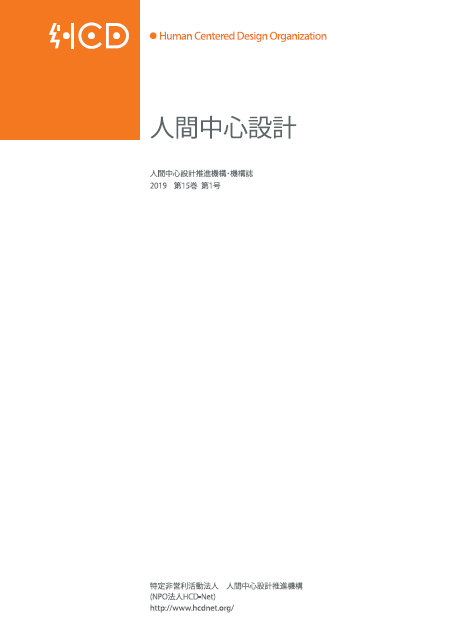Volume 4, Issue 2
Displaying 1-12 of 12 articles from this issue
- |<
- <
- 1
- >
- >|
Front Matter
-
Article type: Cover
2008Volume 4Issue 2 Pages 0
Published: December 01, 2008
Released on J-STAGE: October 15, 2021
Download PDF (108K) -
Article type: Table of Contents
2008Volume 4Issue 2 Pages 0_1
Published: December 01, 2008
Released on J-STAGE: October 15, 2021
Download PDF (345K)
Commentary
-
Article type: Contribution
2008Volume 4Issue 2 Pages 1-5
Published: December 01, 2008
Released on J-STAGE: October 15, 2021
Download PDF (1144K)
Original Paper
-
Article type: Original Paper
2008Volume 4Issue 2 Pages 7-15
Published: December 01, 2008
Released on J-STAGE: October 15, 2021
Download PDF (4665K) -
Article type: Original Paper
2008Volume 4Issue 2 Pages 16-23
Published: December 01, 2008
Released on J-STAGE: October 15, 2021
Download PDF (3381K) -
Article type: Original Paper
2008Volume 4Issue 2 Pages 24-33
Published: December 01, 2008
Released on J-STAGE: October 15, 2021
Download PDF (3945K) -
Article type: Original Paper
2008Volume 4Issue 2 Pages 34-39
Published: December 01, 2008
Released on J-STAGE: October 15, 2021
Download PDF (2799K)
Reports from Departments
-
Article type: Contribution
2008Volume 4Issue 2 Pages 40
Published: December 01, 2008
Released on J-STAGE: October 15, 2021
Download PDF (326K)
Back Matter
-
Article type: Submission Rules
2008Volume 4Issue 2 Pages 44-45
Published: December 01, 2008
Released on J-STAGE: October 15, 2021
Download PDF (449K) -
Article type: Submission Guidelines
2008Volume 4Issue 2 Pages 46
Published: December 01, 2008
Released on J-STAGE: October 15, 2021
Download PDF (161K) -
Article type: Editorial Postscript
2008Volume 4Issue 2 Pages 47_1
Published: December 01, 2008
Released on J-STAGE: October 15, 2021
Download PDF (546K) -
Article type: Colophon
2008Volume 4Issue 2 Pages 47_2
Published: December 01, 2008
Released on J-STAGE: October 15, 2021
Download PDF (546K)
- |<
- <
- 1
- >
- >|
